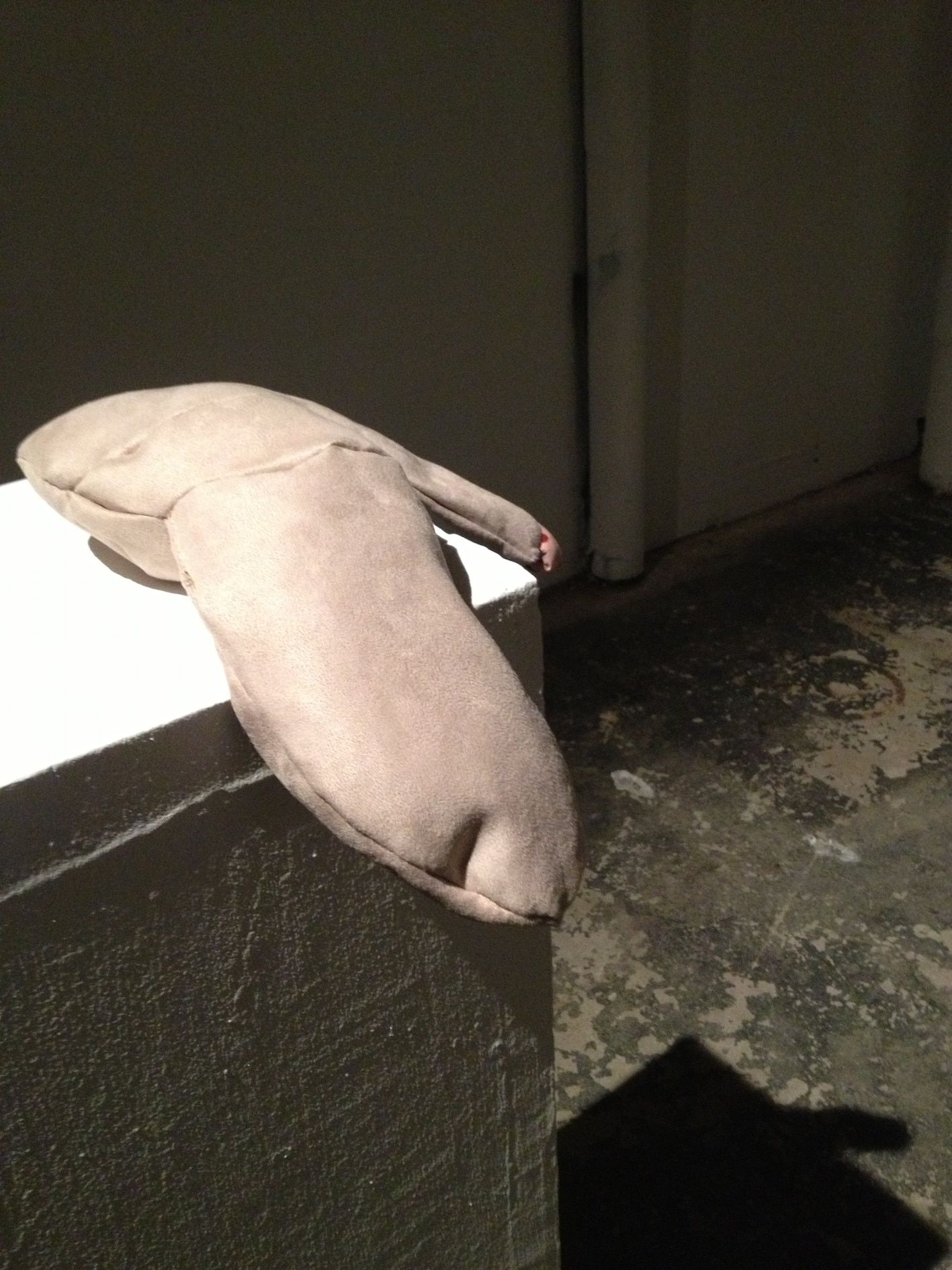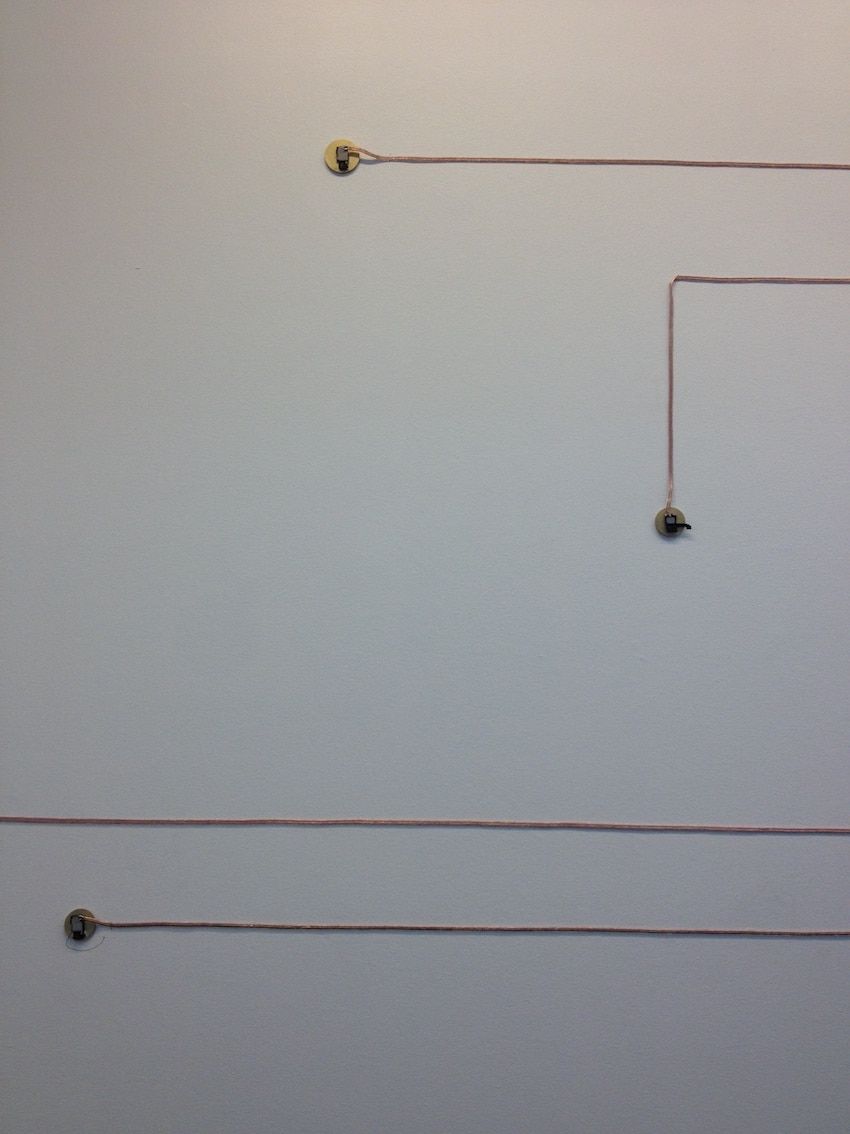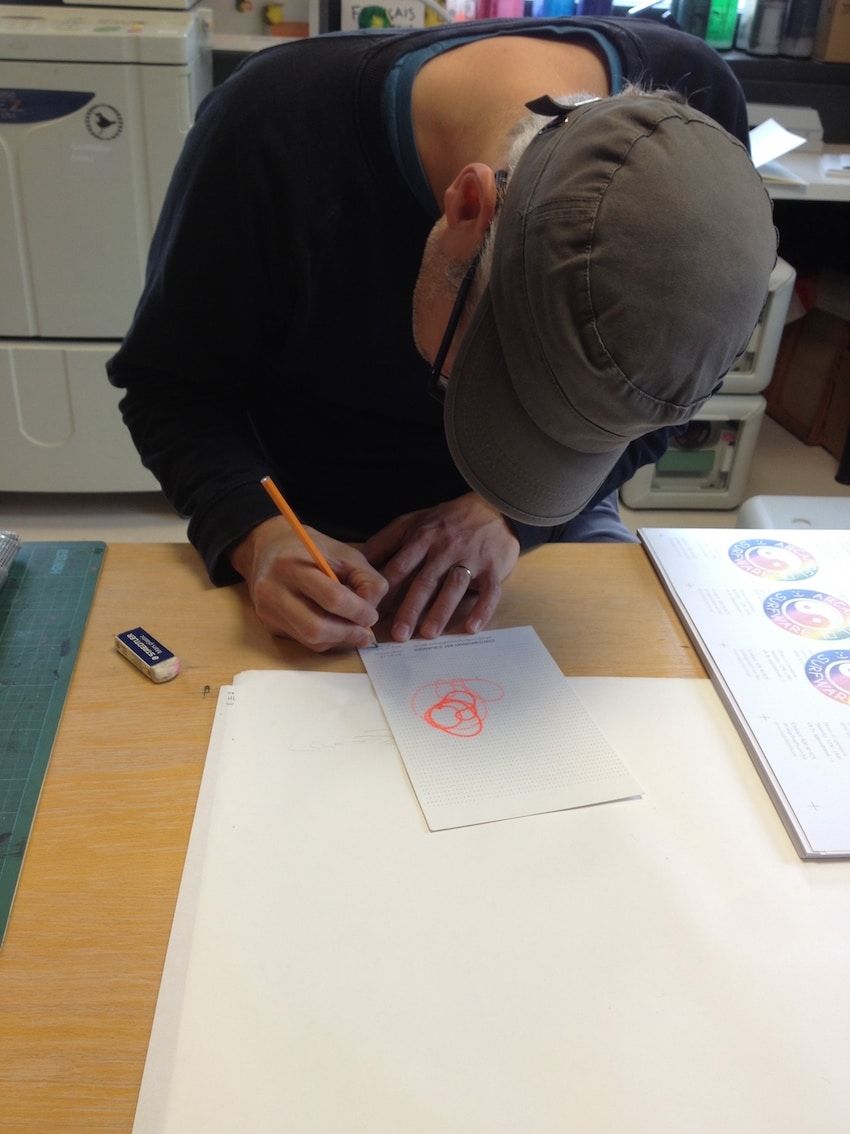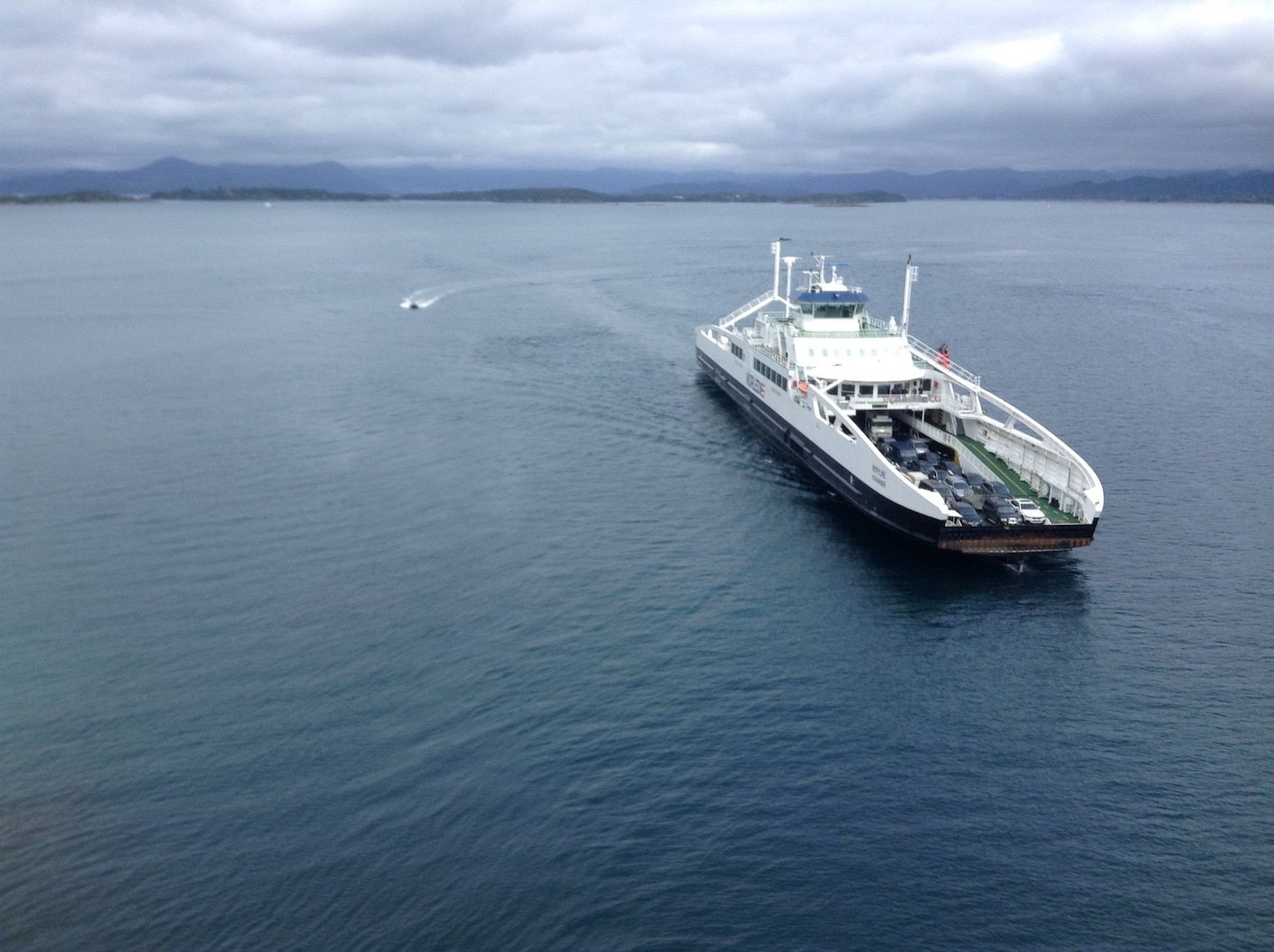the standing nymph
The nymph is a voice – it is human and divine.
In the Kunsthall gallery,
a jingle turns like a crystal ball.
Artist Violet Dennison 'encrypts a transcribed divination' into audio.
Language is taken away.
Music takes its place.
The lines of wall-mounted iPhone loudspeakers
keep the divination safe,
a resolution to the weight of the past,
and the lightness of a future to come.
The nymph is the diviner.
But wait!
Is it not also the artist, or us,
invited to become guardians of the secret?
The second nymph is comic artist Eaten Fish.
Eaten Fish doesn’t like fish at all.
He eats tuna, perhaps once a week. That’s about it.
His fish is down to bones –
his artist signature for the experience of
being eaten up by the detention facilities
as a dissident artist in Australia.
Eaten Fish has a Leo’s hair,
confident with the left side of his face,
making sure his hair doesn’t get in the way of showing it.
His family is still in Iran.
He left them for Indonesia,
drifted into Australian waters,
stranded there for five years,
before being brought into Stavanger by the
International Network of Cities of Refuge for
artists, writers and journalists who are persecuted.
He is here to stay.
I knew of Eaten Fish through Benjamin Hickethier,
whose studio is 15 minutes Southeast from the city centre.
Consulatet is a shared space:
a costume rental shop,
a studio for a musician,
an artist,
a teacher,
and Benjamin himself.
Walter Benjamin is Benjamin’s muse.
He organizes his neighbors for regular meetings
to talk about making decisions on the city together.
He makes posters for artists’ exhibitions.
He has two kids of 12 and 14
whom he has philosophical conversations with.
He tells me we are standing
in the lower income area in Stavanger.
A recent survey finds 3,000 kids in poverty.
He says Norwegian policy after World War II is for all citizens
to be able to own their home.
For those who cannot,
renting is a very heavy burden.
Benjamin is a nymph who moves around
and is willing to change his inside to move others.









